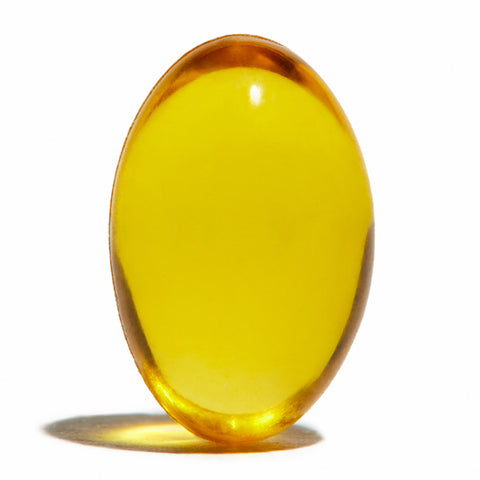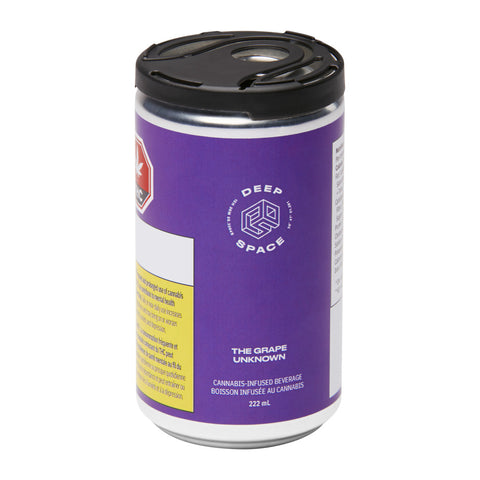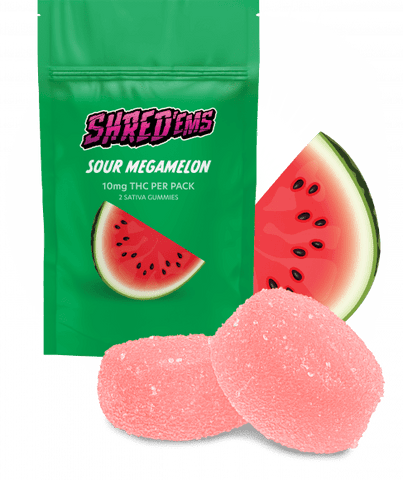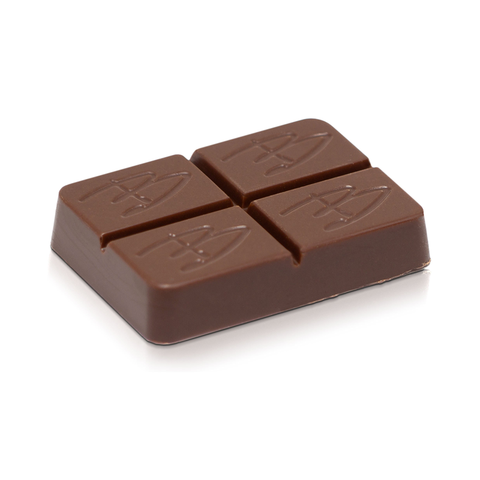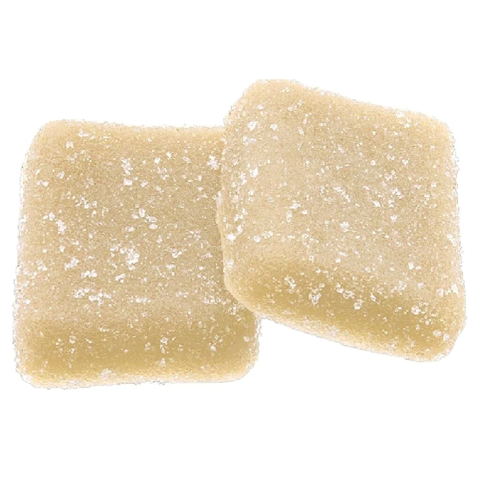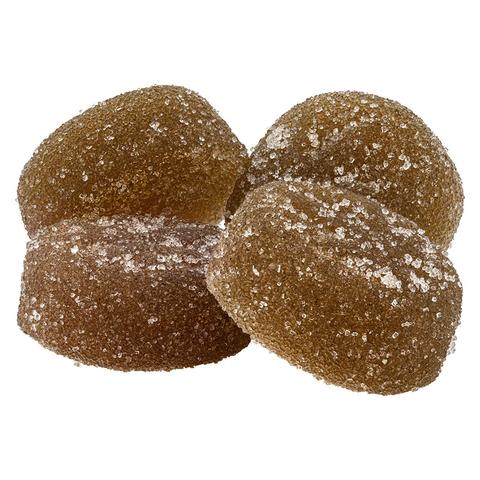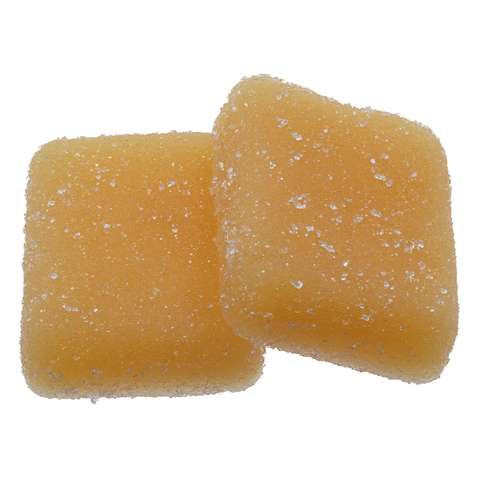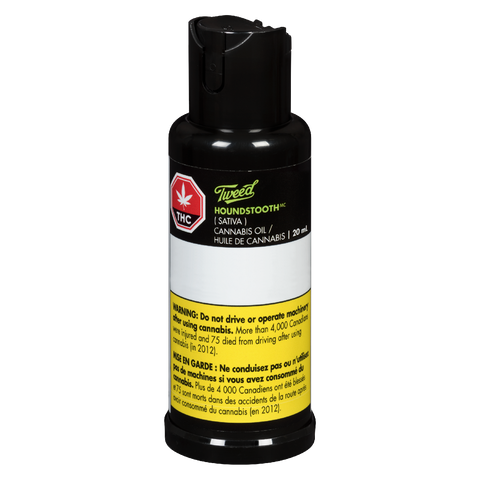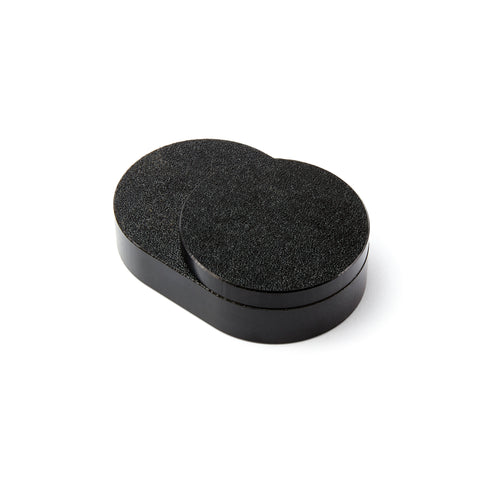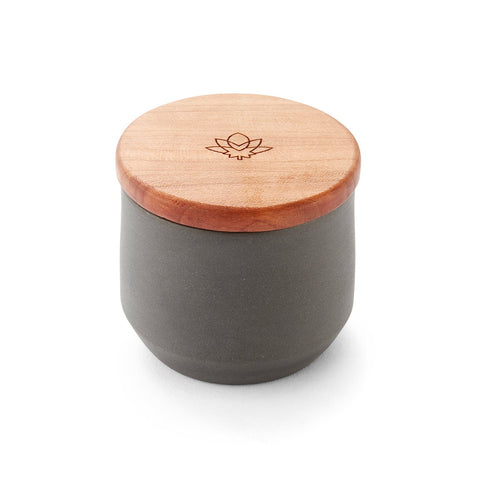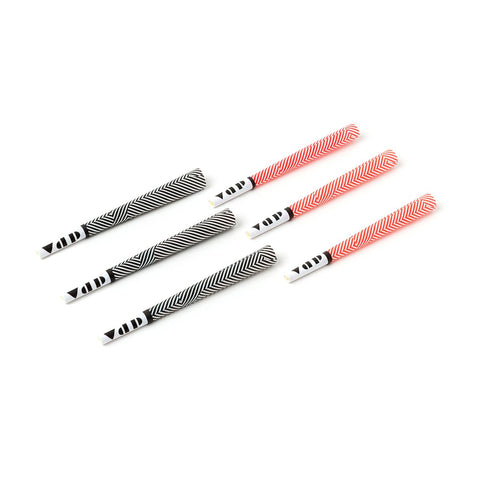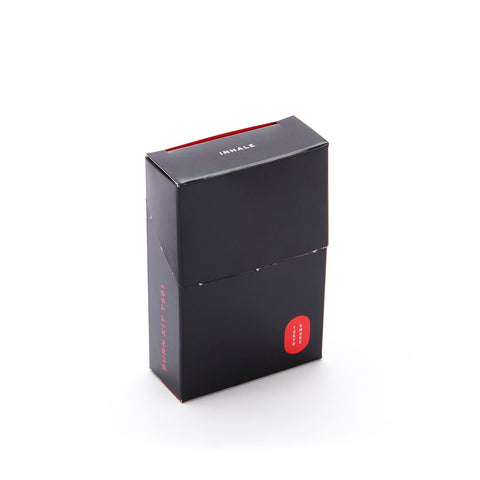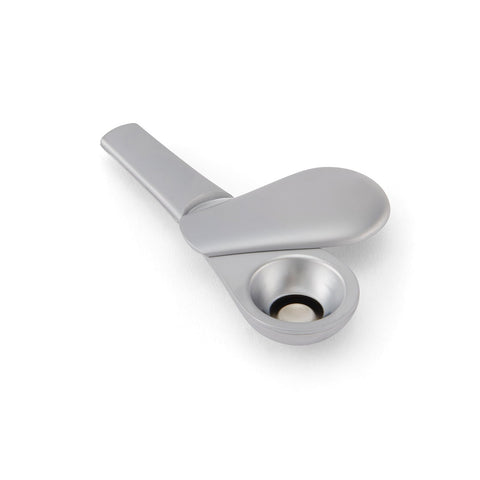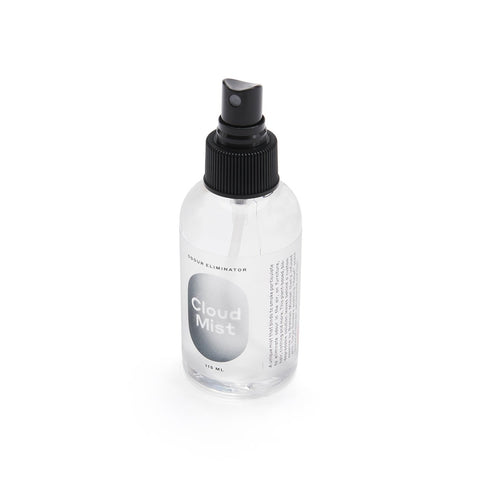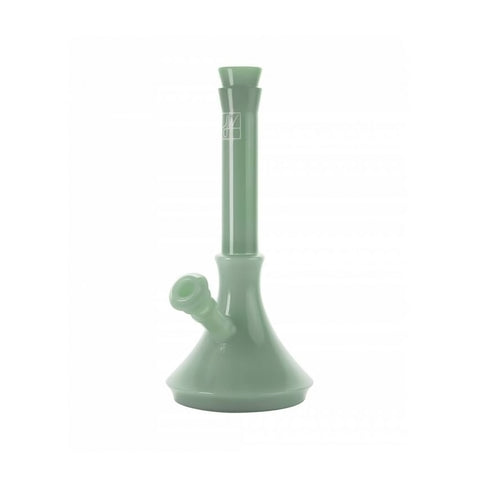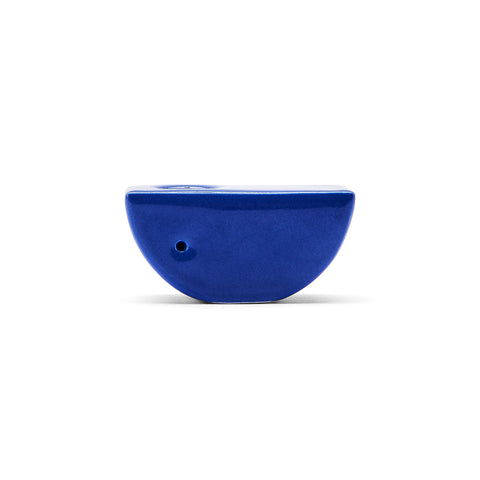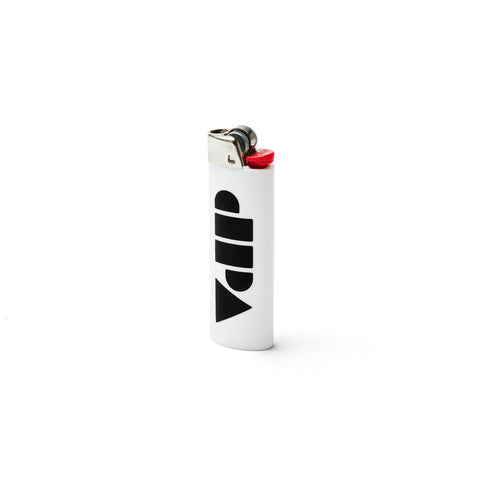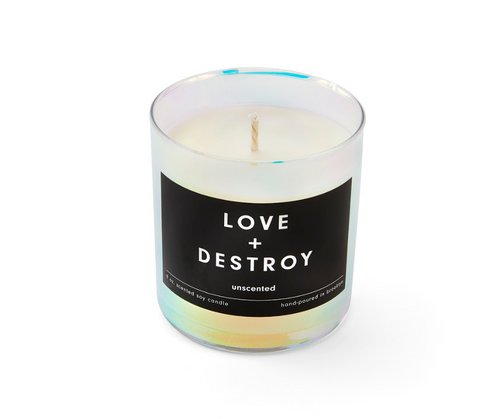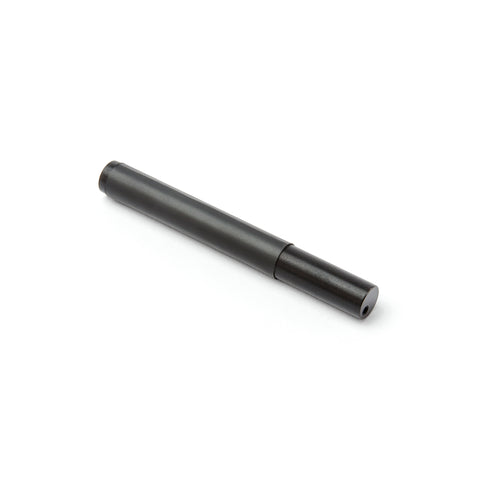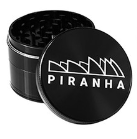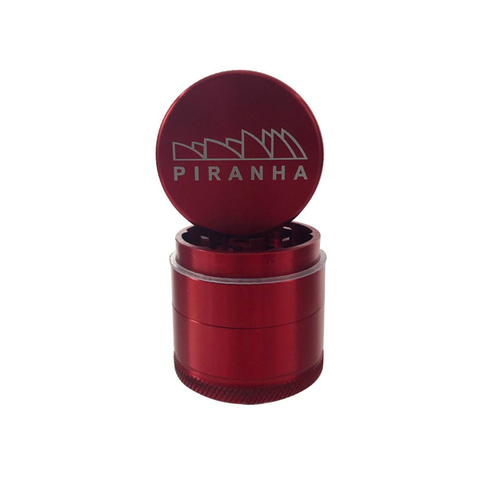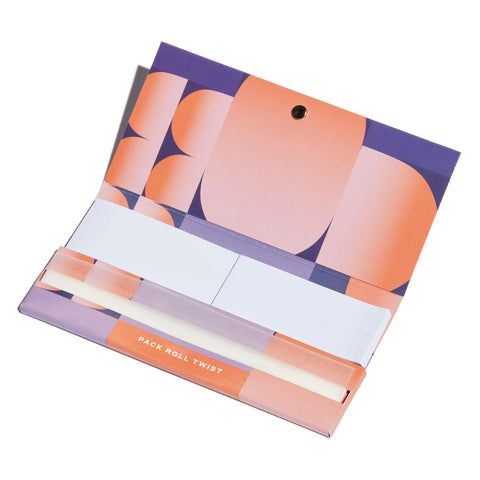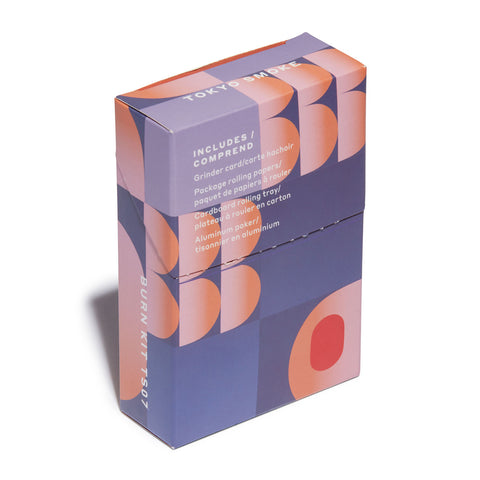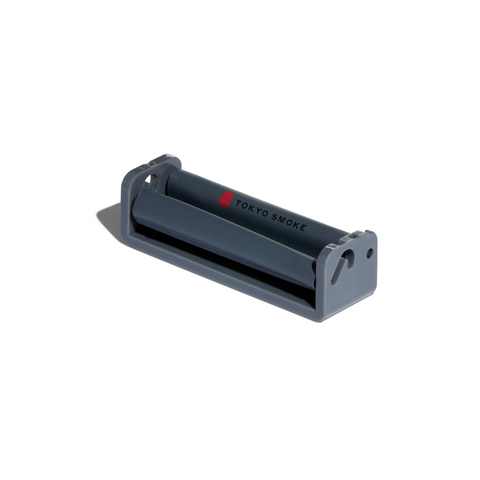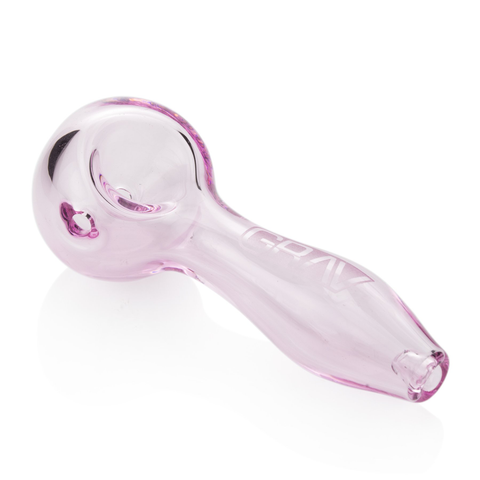Thanks to a little technology and a lot of creativity, the best of cannabis is available in a wide variety of formats. The one we’re most excited about? The softgel.

So, What’s a Softgel?
What is a softgel anyway? Simply put, it’s one of the most discreet and simple ways to consume cannabis. Low-key, smoke-free and consistently dosed, softgels capture the essence of the cannabis experience into an easy-to-consume gel cap.
These little capsules contain cannabis oil, harnessing the essence of the cannabis plant in a tiny, easy to carry format. Each softgel contains a precise dose of active cannabinoids, which makes it easy to control exactly how much you consume.
Cannabinoids are some of the main compounds that are responsible for the psychoactive and experiential effects of the cannabis plant. THC is the main component in cannabis that produces intoxicating effects, while CBD is not known to produce intoxication in low to moderate doses.

What Makes Softgels Different?
Aside from their appearance, softgels offer something a little different from any other forms of cannabis. When compared to dried flower, for example, softgels require no additional accessories to consume. Perfect for on-the-go, discreet consumption.
Another key difference is the precision offered by a softgel. You’ll notice that a given strain of dried flower has the THC and CBD levels listed as a percentage range because it is based on weight. As the levels can be different between different harvests, even of the same cultivar, expressing THC and CBD in a percentage makes the most sense. Softgels, on the other hand, list their cannabinoid content in mg.
While percentages are a good indication of the potency of your cannabis flowers, when you actually consume the cannabinoids, serving can be imprecise. The processes of heating and inhaling cannabis vapour or smoke make it difficult to know the exact concentration of cannabinoids you’ve consumed. Softgels take away the uncertainty.
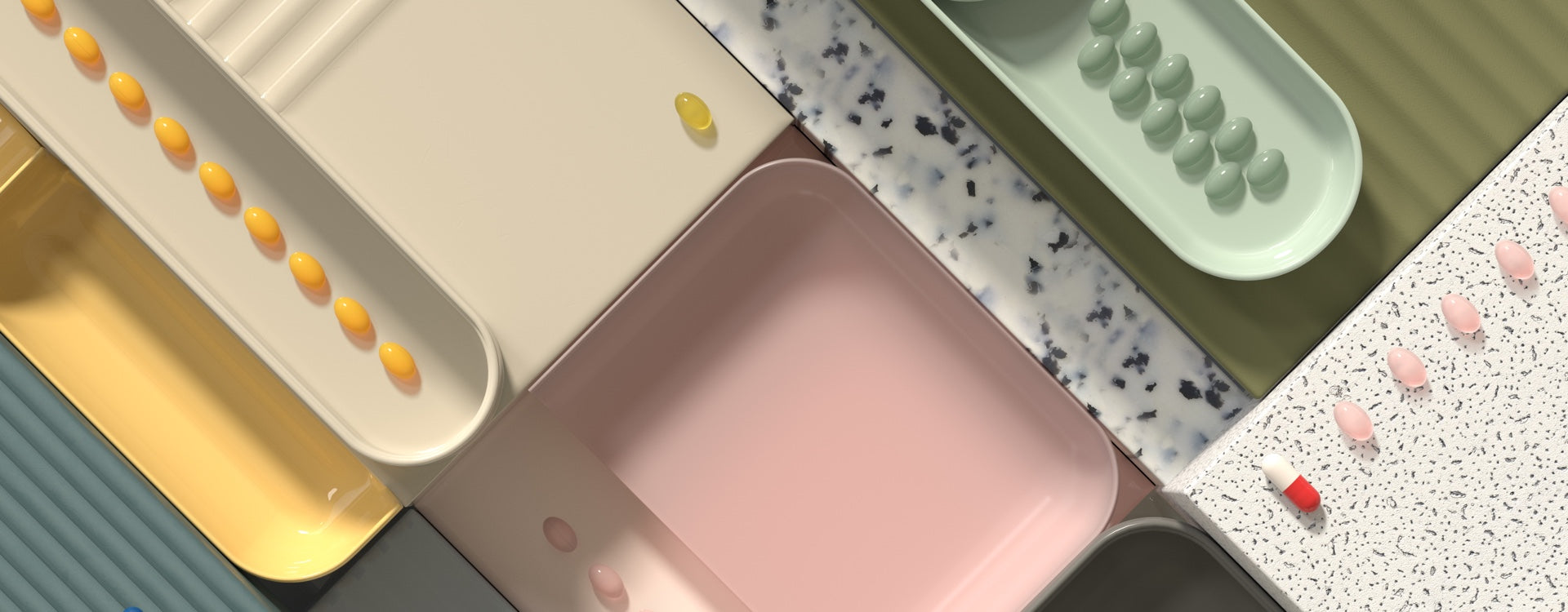
How Do Cannabis Capsules Work?
Softgels and inhaled cannabis are processed in different ways by the human body. Dried flower is most often vaporized or smoked, meaning that the active compounds in the plant are inhaled. When inhaled, the effects of THC, CBD, and other compounds are often felt within a matter of minutes. This is because cannabis vapour or smoke is quickly absorbed into the bloodstream via your lung tissue.
Rather than traveling directly to the bloodstream, a softgel first passes through the stomach and into the small intestine. From there, the active cannabis compounds travels into the liver. The liver then metabolizes cannabinoids and other cannabis components before they can enter the bloodstream.
Unlike inhaled cannabis, a softgel must be digested and absorbed before the active effects are noticeable. It can be a slow-going process. Be patient and remember; start low, go slow.
You may still feel the effects of a softgel up to 12 hours after consuming.
How Long Do Softgel Capsules Last?
As an ingestible cannabis product, the active effects of softgels often begin slowly—much slower than smoking a joint, for example. The effects typically last longer too. You may still feel the effects of a softgel up to 12 hours after consuming, with some lasting up to 24 hours. Comparatively, the active experience of inhaled flower often lasts up to six hours, depending on the quantity and strength of the cannabis product consumed, as well as the person’s endocannabinoid system. Some effects of inhaled cannabinoids can last up to 24 hours.
Since softgels are digested and absorbed slowly over a longer period of time, the effects of these softgels often gradually increase over a number of hours before subsiding. It’s important to note, however, that there are many different factors that can influence how long the effects of a softgel will last.
Taking a softgel along with a meal, for example, may slow the onset of the effects. Further, all individuals may process and digest capsules at different rates, meaning that the exact same capsule may produce different effects in two different people.
 Shop Capsules
Shop Capsules

